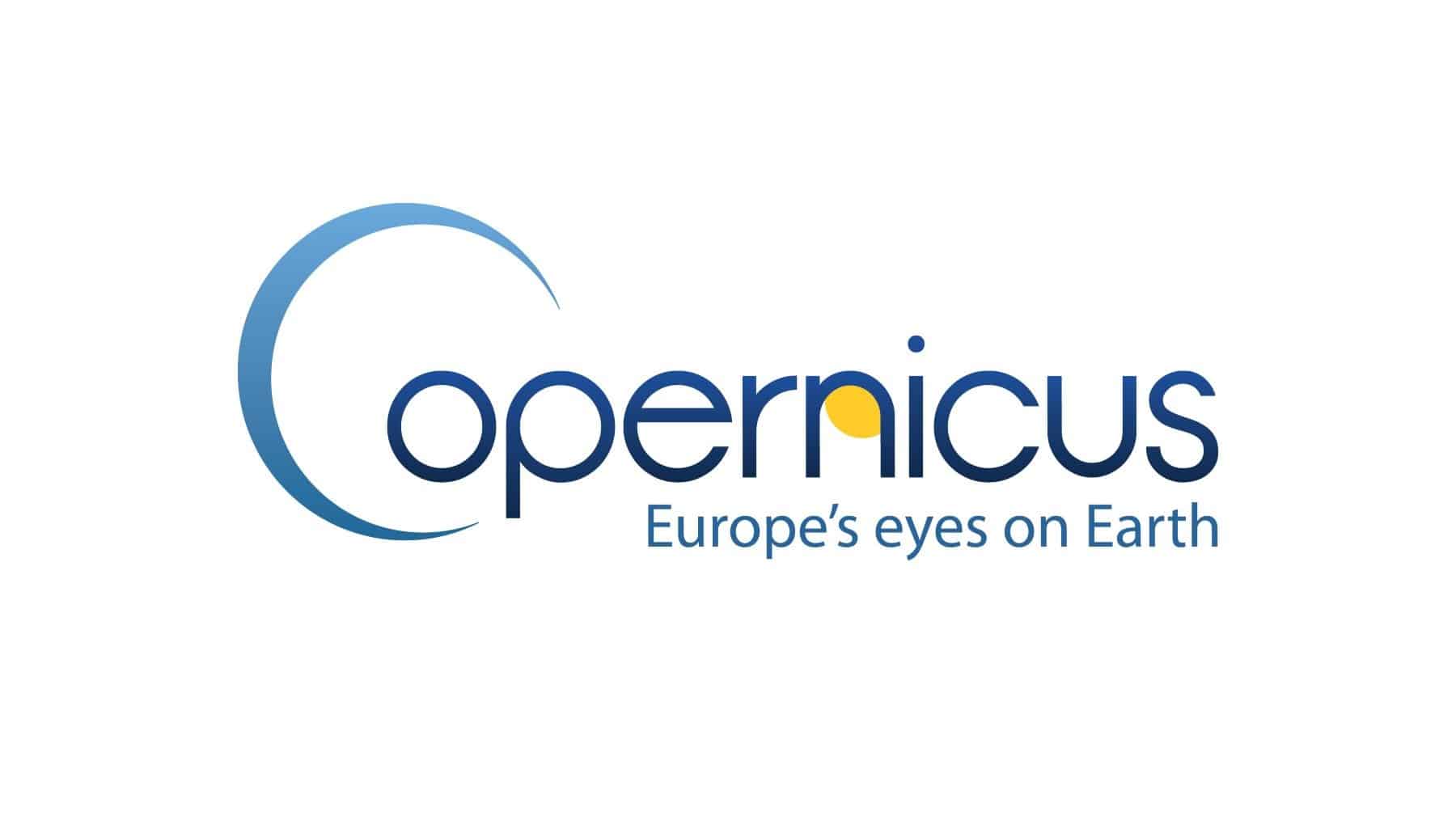Copernicus is the land observation program created by the European Unionwhich monitors the state of our planet, of water and the environment. It offers information services that are based on satellite data from the observation of the planet and on in situ (non -spatial) data.
A huge amount of global data from satellites and various terrestrial, maritime and aerial measurement systems in order to provide information Useful for many public and private organizations, through services that are free and open access for its users.
Water surveillance in Europe
The data collected by the Earth’s observation program in Europe -known as Copernicus– They contribute, among other things, to monitor the health of the oceans, seas, lakes and rivers. This information is very valuable because with it we can detect if the water is contaminated, if its flow, the amount of salt or the temperature has decreased. It also helps prevent extreme phenomena such as droughts or floods, better manage water resources or measure the impact of climate change.
The problem is that often the data comes from various sources, they are disintegrated and public authorities do not take advantage of all information potential. The Grumets, CREAF and UAB group, has precisely approached some of these challenges through two European projects where it has recently participated: WQEMS and Water-Force. Both initiatives have already ended, but the service and results that developed are still operational. Copernicus now recognizes his contribution in a news where 10 projects that have contributed significantly to improve any of their six missions: Atmospheric surveillance, marine environmental surveillance, land surveillance, climate change, emergency management and security.
On the other hand, the scientific team of the WQMEMMSCreated a service capable of detecting emergencies around the quality of the water of lakes and reservoirs, for example, possible flooding, harmful algae flowers, mud inputs or oil spills. The tool, which remains active and Use the most up -to -date data of the Sentinel -1 and -2 satellites from CopernicusThey are mostly used by public companies for water management and supply and government agencies.
Copernicus: fundamental tool
In the case of Water-Force, the researchers developed a roadmap to improve the products related to freshwater monitoring. Among other things, the results included recommendations to provide better support to political leaders, researchers, international organizations, local authorities, industry and the general public.
«The work we do in the context of the WQEMS was an extra degree of difficulty in the research we usually do. Especially because it meant offering a service that was completely operational, effective and useful for water supply entities in different citiesincluding Bessaloniki, in Greece. The data and services had to comply more than ever with the Fair principles, that is, to be totally integrable, harmonized, standardized and available for anyone and in an almost real time. We are very proud that Copernicus recognizes this milestone!.
Other European projects that mention the news respond to other missions such as better monitoring the melting of ice, air quality or the use of the land. The news has been published following a results pack that recently developed the Community Information and Development Information Service (Cordis), the main source of information on projects financed by the European Union. The objective of a result Pack is to show the most prominent results of European initiatives that share a common approach or theme, in this case the conductive thread was Copernicus.

